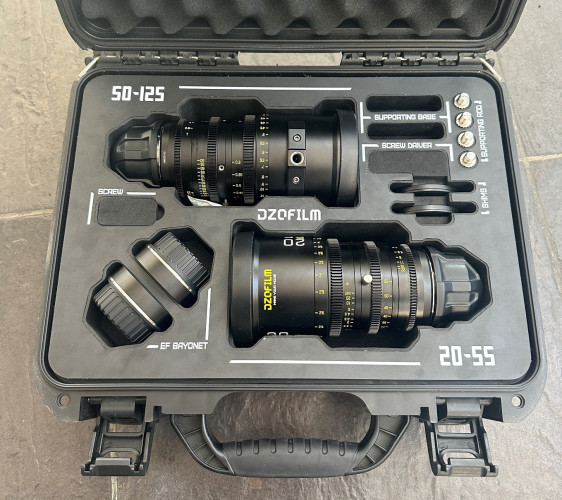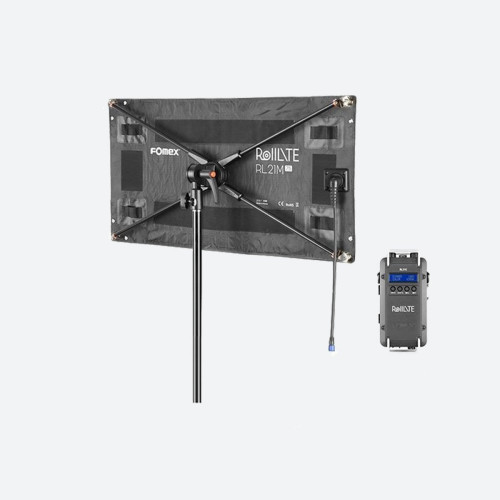Watch out for dead pixels

Author: Bob Pank#
Published 1st September 2012
A dead pixel in a camera imaging sensor can manifest itself in a number of ways. Implying black, 'dead' is not necessarily the correct term for a pixel failure. This is because imager defects include hot pixels, sparkles, noisy or lazy pixels. These problems usually arise during the chip manufacturing process.
Defective pixels can appear as unusually bright, dim or coloured points compared with their near neighbours. As colour TV is derived from red, green and blue channels, a dead pixel is unlikely to be actually black. The screen positions of defective pixels are fixed but defects can appear or change with over time or with variations in temperature. Another cause of pixel defects is dust settling on an imager, obscuring an otherwise good pixel or two.
Manufacturers of good-quality and high-end cameras pre-calibrate of the sensors. A map is made of the location of any defect and the resultant 'hole’ can then be plugged by digitally averaging the signals from the 4 or eight neighbouring pixels. In a camera with a prism beam splitter, this can be done as a separate process on each of the three primary colour imagers. Where there is a single sensor, error concealment becomes a bit more complicated because of the pattern of alternating RGB filter pixels over the imager. An uncorrected pixel error here will show as a tiny cross because of the way the pixels are spatially sampled to accumulate each colour point in the constructed final image.
Once the camera leaves the factory, or if it is a cheaper model without calibration, you are probably on your own if a defect appears in a visually sensitive part of your other perfect compositions. Detecting by eye one or two rogues among the 2 million of a 1920 x 1080 imager is quite hard. If you are shooting in 3D, then the human eyes are very good at finding tiny aberrations in each left or right cameras. In ordinary 2D productions, it is much harder and you would need to view with a large monitor screen or magnify the image.
The amount of available memory on a good PC or laptop now makes it possible to automate this process. By keeping a statistical log of every pixel, a check can be made of relative responsiveness. It is then possible, over a short period of fluctuating footage from the camera, to work out if any pixels are not working properly. It is also possible to identify pixels that have changed their behaviour since the previous time the camera was checked. Cel-Soft is introducing just such an automated Dead Pixel Finder feature in its Reel-Check SoloQC for 2D and Cel-Scope3D analysers. The test process also works for optical defects such as dust specks on the lens or imagers.
In post-production, there are some good tools for fixing any pixel defect found. For instance, Pixelfantastic produces a neat plug-in simply called 'dead pixel'. Designed for use with Quantel’s postproduction software, it averages the nearest neighbours around an offending pixel and patches in an interpolated value.
The increasing use of digital single-lens-reflex cameras for broadcast and even cinema production along with other low cost cameras will make this sort of test process essential in a world where better and bigger hi-res displays continues can make an uncorrected dead pixel ever more obvious.
Robin Palmer is Managing Director of Cel-Soft and is currently involved with solutions for TV quality control and can be found on the Polecam stand 10.C49 during IBC 2012.
























